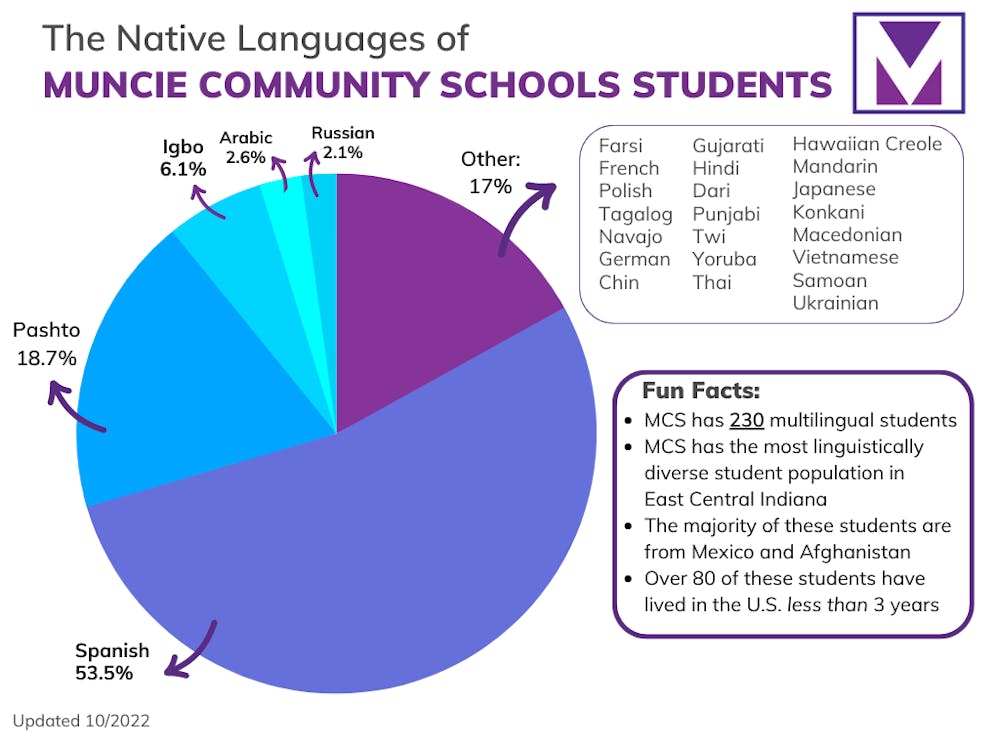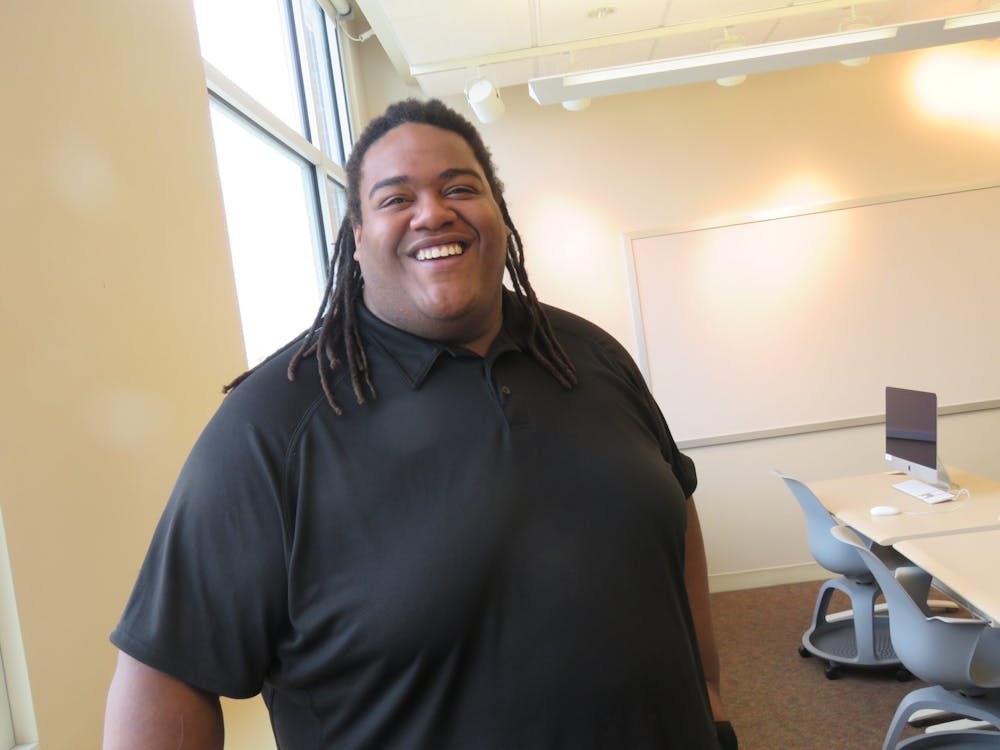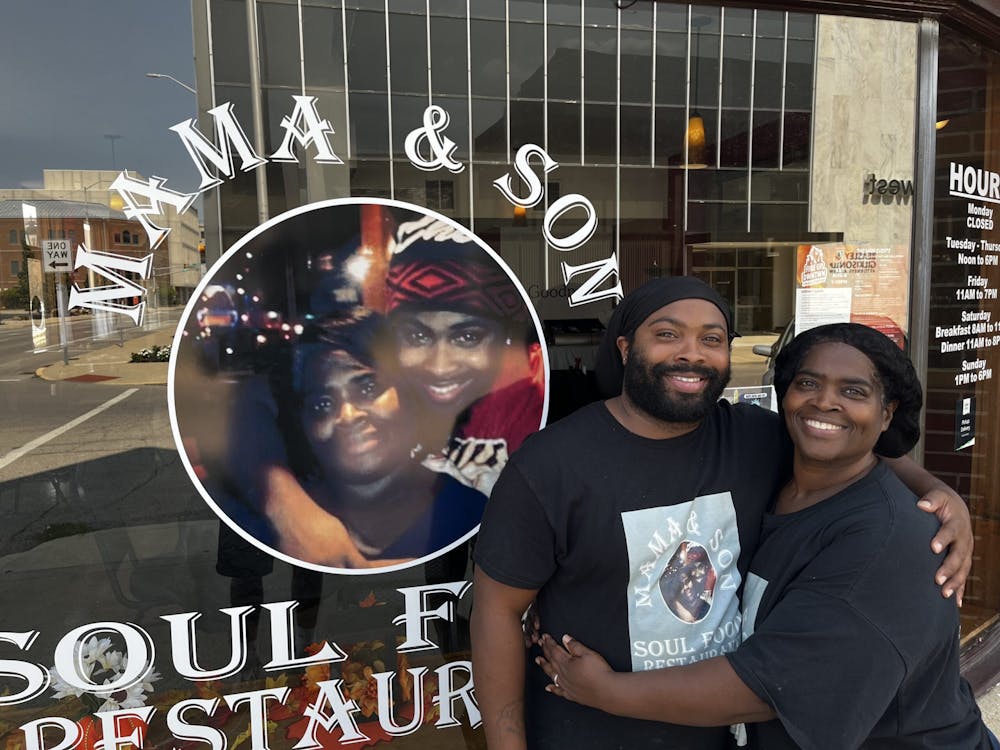Story by Haley Boyce / Inform Muncie
Editor's Note: This story was originally published in December 2022
When I first came to Muncie, I heard about staying away from “the other side of the tracks” — the dangerous side of Muncie.
For my first two years here, I did just that. I stayed within campus and barely went beyond the roads of McGalliard and Tillotson. Eventually though, my studies forced me to cross those tracks and immerse myself in the space that was deemed unsafe: the Southside Neighborhood.
The Southside neighborhood in Muncie is being haunted by its past reputation of being a place of danger. Now, even with positive changes being made to the neighborhood, the Southside cannot escape its past.
And its residents are its prisoners.
Writing my own stories and doing my own research, I’ve had the opportunity to learn more about this neighborhood.
I’ve learned that almost half of the children residing in the Southside live below the poverty line, that the majority of residents work as laborers or manufacturers and that NeighborhoodScout, a platform devoted to the analytics of neighborhoods, named the Southside as one America’s lowest income neighborhoods.
A neighborhood plagued with poverty and a bad reputation, perhaps the Southside is merely misunderstood.
My time in the Southside showed me the deep pride the residents and workers have for their neighborhood. I profiled Conner Davis, the manager at Rosebud Coffee House, who told me with confidence that he had misjudged the Southside growing up as a kid. It’s no longer a place he is afraid of or tries to avoid.
People like Davis and businesses like Rosebud Coffee House are doing the work to squash any negative stigma attached to the neighborhood.
A 2019 study conducted by a Ball State urban planning class gave an indepth look into the Southside and the realities for the residents.
The study found that Southside residents spend 35% of their income on housing. The average American is only spending 28%. The Southside also qualifies as a food desert, as there is no easy access to a grocery store.
As for crime, the Southside was reported to have a history of meth houses, falling victim to the drug epidemic. The study found that residents felt like there was a lack of police presence within their neighborhood, even with crime growing at a high rate.
These statistics and studies show that the Southside is merely a neglected neighborhood in a city where the beautification and revitalization of the neighborhood is not a top priority. As a result, the residents suffer.
The residents of the Southside deserve more. They deserve more access to job opportunities and education, grocery stores, healthcare and safety. Luckily, organizations like the 8Twelve Coalition are working to put these resources in the neighborhood.
The past of the Southside does not have to define its future. It’s on the people like me, students checking in and out of Muncie during their time at Ball State, to help the Southside get the care it deserves.




